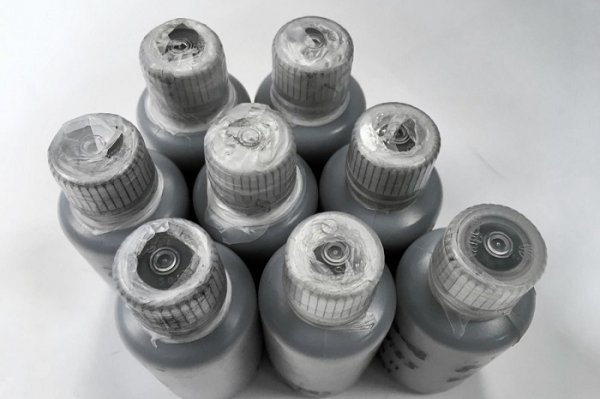As a relatively rare and precious heavy metal, cobalt plays a vital role in today's lithium batteries. However, scientists at the University of Texas at Austin have thought of a new type of electrode that does not use cobalt at all, but has performance comparable to traditional lithium batteries. In addition to saving manufacturing costs, it is also of great significance to personnel engaged in mining and environmental protection.

Powder samples will be made into cobalt-free electrodes (from: UT Austin)
It is reported that cobalt has excellent conductivity and durability during the entire charge and discharge cycle. Since its inception, it has been a key material for lithium electrodes.
However, the negative impact of the mining industry on the environment and workers' health (exposure to hazardous doses of toxic metals and degradation of natural landscape/water sources) has been criticized more and more in recent years.
In view of this, many research teams have begun to focus on alternative electrode materials that are lower cost or have higher environmental benefits. Including an experimental battery developed by IBM, which is characterized by the use of materials extracted from seawater.
However, the research team at the University of Texas at Austin is developing another new electrode structure that is completely free of cobalt.
Under normal circumstances, manufacturers will use a mixture of metal ions including cobalt, nickel, and aluminum to make electrodes. One of the most expensive is cobalt, which can even account for about half of the overall cost.
Research author Arumugam Manthiram pointed out: "Cobalt is the least content but the most expensive component in battery electrodes. The good news is that we are completely eliminating dependence on it."
By adjusting the formula and replacing it with a new electrode material that contains 89% nickel and the rest is supplemented by manganese and aluminum, the research team has been able to achieve this goal.
The key is to allow the ions of different metals to be evenly distributed across the cathode during the synthesis process to overcome the main shortcomings of other designs-because the ions will accumulate in specific locations, thereby reducing the performance of the battery.
The new battery structure has other advantages. For example, higher nickel content can store more energy, which means that the mileage of electric vehicles or the battery life of mobile devices will increase.
Arumugam Manthiram said: "Without sacrificing cycle life, we have also increased the energy density of the battery and reduced the cost."
Finally, in order to bring this technology to the market, the research team also established a start-up company. The details of this research have been published in the recently published "Advanced Materials" journal.
Disperse Dyes For Printing,Disperse Red For Printing,Disperse Navy Blue,Dyes For Polyester Printing
ZHEJIANG E-DYE SUPPLY CHAIN MANAGEMENT CO.,LTD. , https://www.easytodyes.com